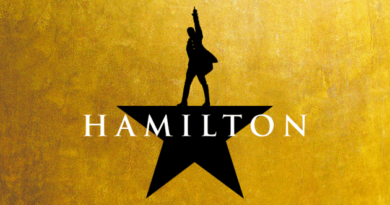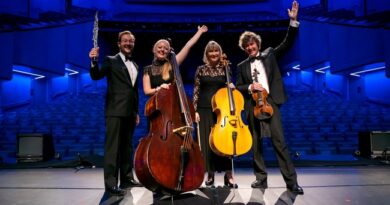Artists already think like entrepreneurs, now they need to act like them
A new study has revealed surprising similarities in the psychology of artists and entrepreneurs, identifying characteristics that could help boost creative economies.
Published in entrepreneurship journal, Small Business Economics, the RMIT University study is the first to simultaneously identify the psychological characteristics of artists and entrepreneurs.
It found both groups exhibited higher self-perception of risk tolerance, creativity, openness to experience, and intrinsic motivation compared to other professionals.
Lead author, Dr Bronwyn Coate from RMIT’s School of Economics, Finance and Marketing, said the findings contributed important insights to the growing field of arts entrepreneurship that could be used to inform practice and policy in both arts and entrepreneurship.
“Understanding the psychological similarities between artists and entrepreneurs is important as with precarious employment and dwindling public funding to support the arts, artists need to embrace entrepreneurism more than ever,” she said.
Using a combination of behavioural tasks and psychometric tests, the researchers measured the prevalence of eight characteristics to identify psychological overlaps between the two groups.
Researchers measured personality, intrinsic motivation, risk preference, creativity, social value orientation, self-efficacy, overconfidence and inattention, hyperactivity and impulsivity.
They found three key features that consistently appeared in both groups: artists and entrepreneurs both exhibited higher self-reported risk preference, were more open to experience and had greater intrinsic motivation compared to other professionals.
Coate said this made them uniquely placed to drive innovation and seek novel opportunities in adverse and uncertain circumstances that would be the new normal in the post-COVID economy.
Artists also scored higher in emotionality, openness to experience and creativity, and were significantly more pro-social compared to entrepreneurs.
This suggests many artists already operate as a distinct type of entrepreneur or ‘artrepreneur’ concerned with social and cultural outcomes rather than simply economic ones.
Entrepreneurs, on the other hand, scored higher in extraversion and self-efficacy than artists and had a higher proportion of individualists.
Coate said the findings made a strong case for further examining how artists and entrepreneurs interact with their economic environments as artists in particular could benefit from employing an entrepreneurial mindset.
“Identifying these ‘favourable’ attributes of human capital could assist in estimating artistic, entrepreneurial, and creative economy activity,” she said.
“Ultimately, it could be used to inform the design and implementation of stronger social and economic welfare policies for both artists and entrepreneurs.”



